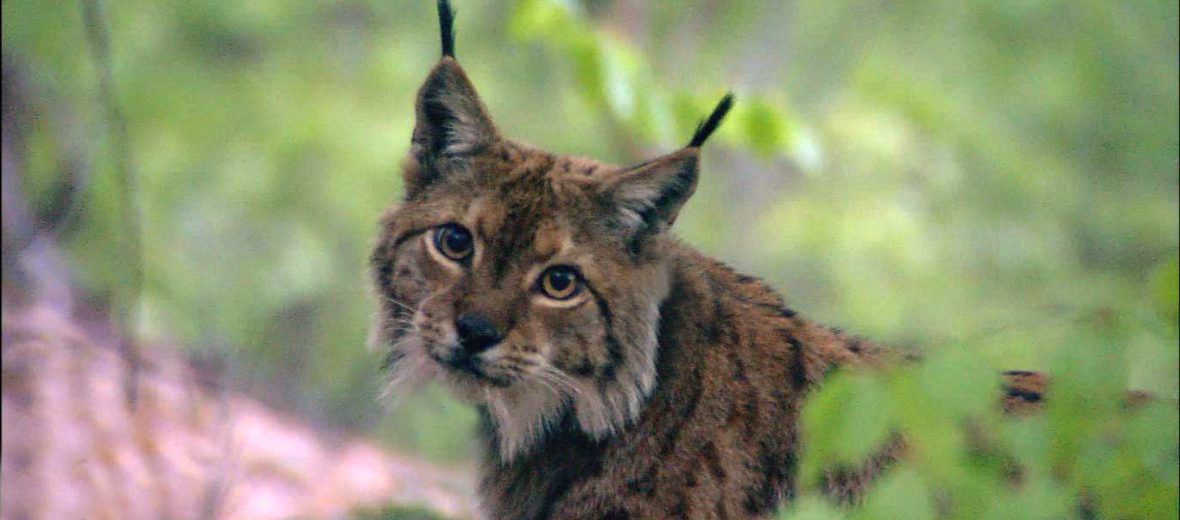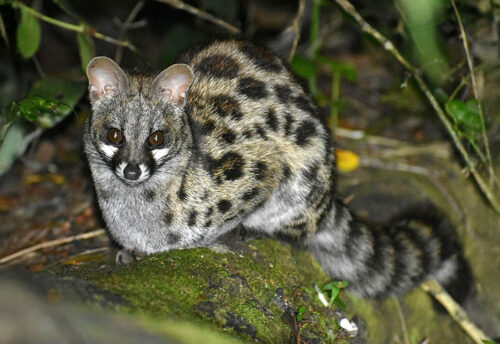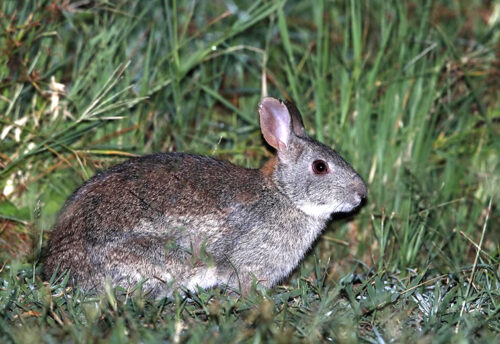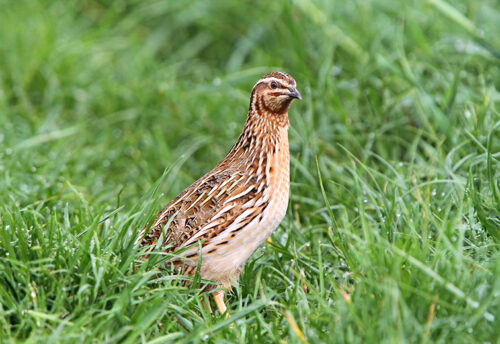
The Balkan lynx is a subspecies of the Eurasian lynx. They can be found in southwestern Balkans, Albania; Kosovo; Greece; north Macedonia; Serbia; and Montenegro. These cats prefer evergreen forests, deciduous forests, mixed forests, and bush habitats. During summer months, they can be found in cultivated areas, shrublands, and higher mountain pastures. This subspecies is listed as Critically Endangered by the IUCN. They face the threats of habitat loss, habitat destruction, poaching, and low litter yields. Hunters looking to kill the prey animals of these cats inevitably reduce the available numbers of prey animals these cats can hunt, as well.
First the Stats…
Scientific name: Lynx lynx balcanicus
Weight: Up to 55 lbs.
Length: Up to 51.18 inches
Height: Up to 29.53 inches
Lifespan: Up to 25 years
Now on to the Facts!
1.) They mark their territory via urine, feces, or scent marking – from special glands.
2.) Balkan lynx are typically solitary. They only come together to mate and rear their young.
3.) Males tend to patrol much larger territories than females. Males can have territories ranging up to 1,070+ square miles. Females patrol territories up to 290+ square miles.
4.) Female territories, such as mother and daughter, tend to overlap by a great margin.
5.) Balkans exhibit both crepuscular (active at dawn and dusk) and nocturnal (active at night) behaviors.
But wait, there’s more on the Balkan lynx!
6.) Being ambush predators, these cats tend to lay up high in trees or high rocks. Then they will drop down onto their unsuspecting prey, from up on high.
7.) Their vocalizations are many and include: growls, grunts, coughs, mews, hiss purrs, and caterwauling (a shrill howling or wailing noise). They also chatter when they spot prey that is out of range.
Did you know…?
They are able to jump upwards of 25 feet, horizontally, and up to 6 feet vertically!
8.) A group of cats is called a clowder.
9.) These cats prey on pikas, rabbits, brown hares, wild boar, young red deer, fallow deer, roe deer, young chamois, musk deer, and Indian muntjacs. On rare occasions, they will also take livestock and/or chickens.
10.) The Balkan lynx is polygynous (1 male mates with multiple females).
But wait, there’s still more on the Balkan lynx!
11.) Females undergo up to a 74 day gestation (pregnancy) that yields up to 5 kittens.
12.) After up to 3 months, the kittens begin to venture out of the den to participate in eating meat, with mom.
13.) In up to 10 months, the kittens leave mom to start life out on their own.
14.) Sadly, there are only around an estimated 50 wild individuals remaining to date.
Now a Short Balkan Lynx Video!
Be sure to share & comment below! Also, check out the Critter Science YouTube channel. Videos added regularly!
Want to suggest a critter for me to write about? Let me know here.
Photo credit: Dime Melovski



